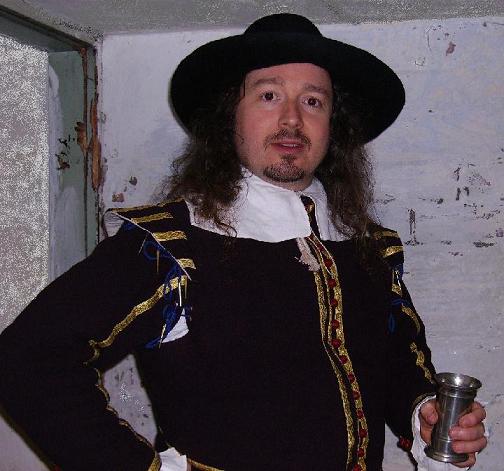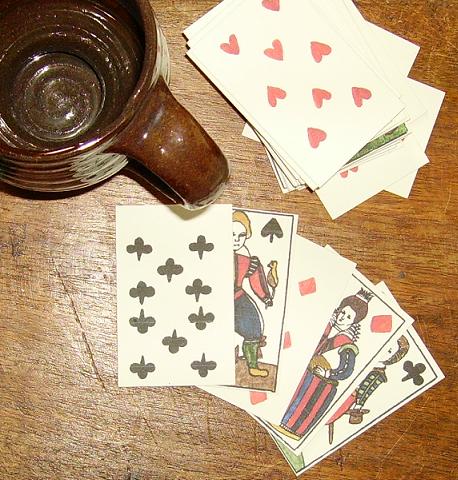For Year 3 – 6 and older
A literacy resource to motivate children to create and write an historical adventure story full of incidents and events that occurred because of their own role-played choices. Potentially cross-curricular if the children are to study of sea farers like Drake and Ralegh as part of their history studies beyond 1066.
 This late Elizabethan character can work with either one class or two classes – the exact format depends on your preferences and the numbers involved. If I am working with one class, the whole morning is taken up by a roleplayed story and then in the afternoon we move onto other activities. If there are two classes involved in one day, then either we do the roleplayed story twice (once with each class).
This late Elizabethan character can work with either one class or two classes – the exact format depends on your preferences and the numbers involved. If I am working with one class, the whole morning is taken up by a roleplayed story and then in the afternoon we move onto other activities. If there are two classes involved in one day, then either we do the roleplayed story twice (once with each class).
I can bring a variety of artefacts to show the children during the session, depending on what we are going to do. These include a lot of navigational instruments, swords and a musket. The roleplayed story session benefits from a large(ish) space like the school hall, but works also in the classroom. The other activities are more suited to the classroom.
Find out More...
Adventure on the sea!
Session Format for Key Stage 2
The AdventureThis role-played adventure is usually the main component the workshop. To create the story the children must use their imagination, as well as their listening, speaking, co-operating and decision-making skills. It is very motivational, for boys and girls alike, and sets up a written literacy task – the reporting of their story – for later. |
The Art of NavigationIf I am working with a class for the whole day who have been studying Elizabethan Sea Rovers, then this activity is a very appropriate component part of the afternoon. I hold up a variety of artefacts for the children to look at, including a mariner’s astrolabe, a nocturnal, a pair of dividers, a compass, a traverse board, a hand lead line, a rutter and a sandglass. The children must then try to work out what the artifact is made of, what it is used for, and how it works. I get different individuals up for each item so that they can hold it and inspect it closely, describing it to the others. The big clue – for all the artifacts – is that they ALL help in navigation across the seas. Note: If the children are Year 3 or 4 to help them along a little I can instead list several functions at the start of the exercise and ask the children to decide which artifact performs which function and how it might do so. |
Option: Question and AnswerTo end the workshop, I sometimes have a “Q&A” style discussion, perhaps 45 minutes in length for a full day session, perhaps 20 minutes for a half day session (if we have time). The focus depends on which famous event of personality from the Elizabethan period they have been studying – the Armada, Drake’s circumnavigation, or something else. |
“The children were absolutely enthralled! Everyone spent lunch hour and home time talking about ‘their’ story. We will be incorporating the work into Literacy, History and ICT. Thank you!”
“This was our third visit from the Captain and as always the children thoroughly enjoyed it (as well as the staff!) It really fit in well with our topic and the children could really relate to what was going on.”
Thank you for the wonderful day yesterday. Had some fantastic literacy following it today in all three classes!



